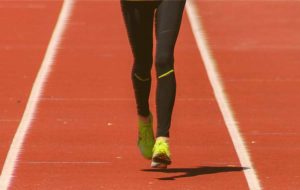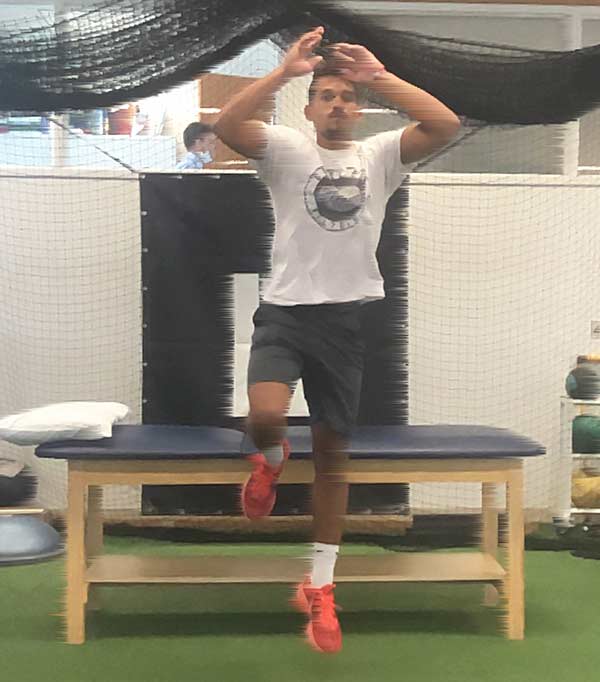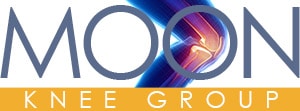Most people recovering from ACL reconstruction surgery should complete rehabilitation Phases 4 and 5.
Phases 4 and 5 are especially valuable for those who want to perform any work, sport or other recreational activity that stresses the knee. This includes:
- Running
- Jumping
- Starting and stopping
- Changing direction
- Work movements like climbing ladders, lifting and carrying heavy objects, stabilizing on one or both feet and other activities.
While completing Phase 3 is a significant milestone, you’re still below the strength and function recommended to safely perform the movements listed above.
Look for Training Tailored to You
While everyone does the same exercises through Phase 3, now your program should:
- Begin to be tailored to your sport, work or activity.
- Be customized to improve your strength and function needs identified by your physical therapist or athletic trainer.
Because your program is now personalized, no specific exercises are described in this section. Instead, we focus on what you can expect including goals, guidelines and general types of exercises.
Phases 4 and 5 Guidelines
As you increase your activities and resistance in exercises, watch your knee for any swelling or decrease in range of motion. Either can happen if you skip several days of exercise and then try to do more in your next session. Trying to advance too quickly can also cause swelling and decreased range of motion.
The recommendations:
- Do your rehabilitation exercises consistently.
- If you’re having difficulty completing exercises or having pain or swelling, tell your physical therapist.
- Your in-person appointments are important. They allow for evaluation and adjustments to move you forward and resolve any issues. Try to keep them!
On This Page
Evidence-Based ACL Rehabilitation
The evidence-based MOON Knee Group anterior cruciate ligament post-surgery rehabilitation program has five phases. Each has specific goals, exercises and instructions based on two decades of research.
Success depends on completing each phase before moving on to the next. Your physician, physical therapist or athletic trainer will measure your progress and instruct you on when to advance.
Phases 4 and 5 Recommended Exercises
Recommended exercises in Phases 4 and 5 include familiar routines from the previous phases done with added strengthening and resistance. Faster movements, including running, jumping, starting, stopping and changing directions, are added gradually by your physical therapist or athletic trainer.
While you can do most Phases 4 and 5 exercises without supervision, regular evaluation and guidance throughout Phases 4 and 5 accelerates your training, detects issues and reduces your chance of reinjury.
During these phases, continue to do strengthening exercises. Your goal is to increase your functional strength to be able to advance to running and jumping repetitions.
ACL Rehabilitation Phase 4

In most cases, your physical therapist or athletic trainer will move you from slow walking on a treadmill to jogging to running. You’ll increase speed, time and distance as you progress.
Next will be running off the treadmill. This includes straight-line jog-runs on even surfaces like a track.
All this prepares your body for more advanced movements like jumping and cutting.
Jumping and Landing
Jumping exercises called plyometrics begin in Phase 4. You’ll start jumping and landing on two feet and then progress to single-leg exercises.
The focus is learning to land without undue stress on your knee joint. Specifically, your physical therapist or athletic trainer should instruct you to land with your knees vertically aligned with your toes when viewed from in front.
Avoid Bending Knees Inward
Inwardly bent knees increase the risk of noncontact ACL tears, research shows. You want to avoid inward bend or knocked knees in all your movements. If you are naturally knocked-kneed, ask for exercises to train your legs to compensate.
Good Landing Form
Good landing form includes having your weight equally distributed without favoring your injured leg. When you demonstrate good landing form, your physical therapist will add to your training forward and side-to-side movements. Repetitive jumps will be added when your form and technique are consistent.
Advance with Evaluation
As with every phase, you advance to the next phase based on an evaluation by your physical therapist or athletic trainer.

Phase 5: Return-to-Sport Progression
In Phase 5, you:
- Add start-stop, cutting and deceleration exercises
- Progress your running to wide S-curves and figure-eight patterns
- Do 45-degree cuts
- Begin single leg plyometrics hopping with functional movements
- Do pivoting, direction change and deceleration exercises
- Move from planned movement patterns to unplanned movement patterns often called reaction drills.
The pace you perform these exercises should be determined by your physical therapist or athletic trainer based on your progress. Your strengthening exercises will continue with the goals of increasing functional strength to advance repetitions in running and jumping activities.
What’s Next?
Return to Practice/Play/Aggressive Movements
When you complete Phase 5, your therapist or athletic trainer will discuss your options for additional training to support your return to sport, work or other activities with aggressive running, cutting, pivoting or twisting.
Recommendations to return to practice and then your sport are based on passing a set of tests by your therapist and clearance by your doctor. This includes completing individual and team sports-specific practice activities.
Your functional return to sport depends on your ability to run, cut and pivot without hesitation. Having good confidence in your leg is extremely important for ultimate performance. If you have access to a workout facility, they may give you exercises to do on your own or in group sessions, if available in your area.
Was This Content Helpful?
Share via:

